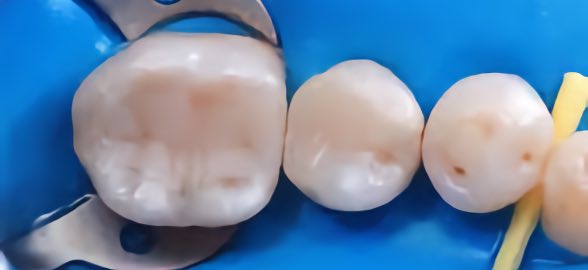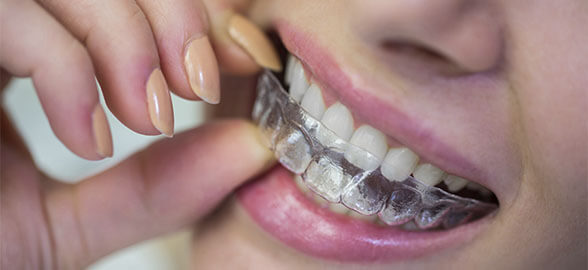Sterilisation is carried out in order to eliminate microorganisms and spores that may be present on dental instruments in order to avoid infections, making it a very important process in the dental clinic.
And what's the best way to do this? With the Class B autoclave. This means you'll be able to sterilise material that has come into contact with blood and non-intact mucous membranes (forceps, curettes, forceps, scissors, elevators, files, etc) in a safe and efficient way. And today we're going to tell you how to choose the best one for your clinic!
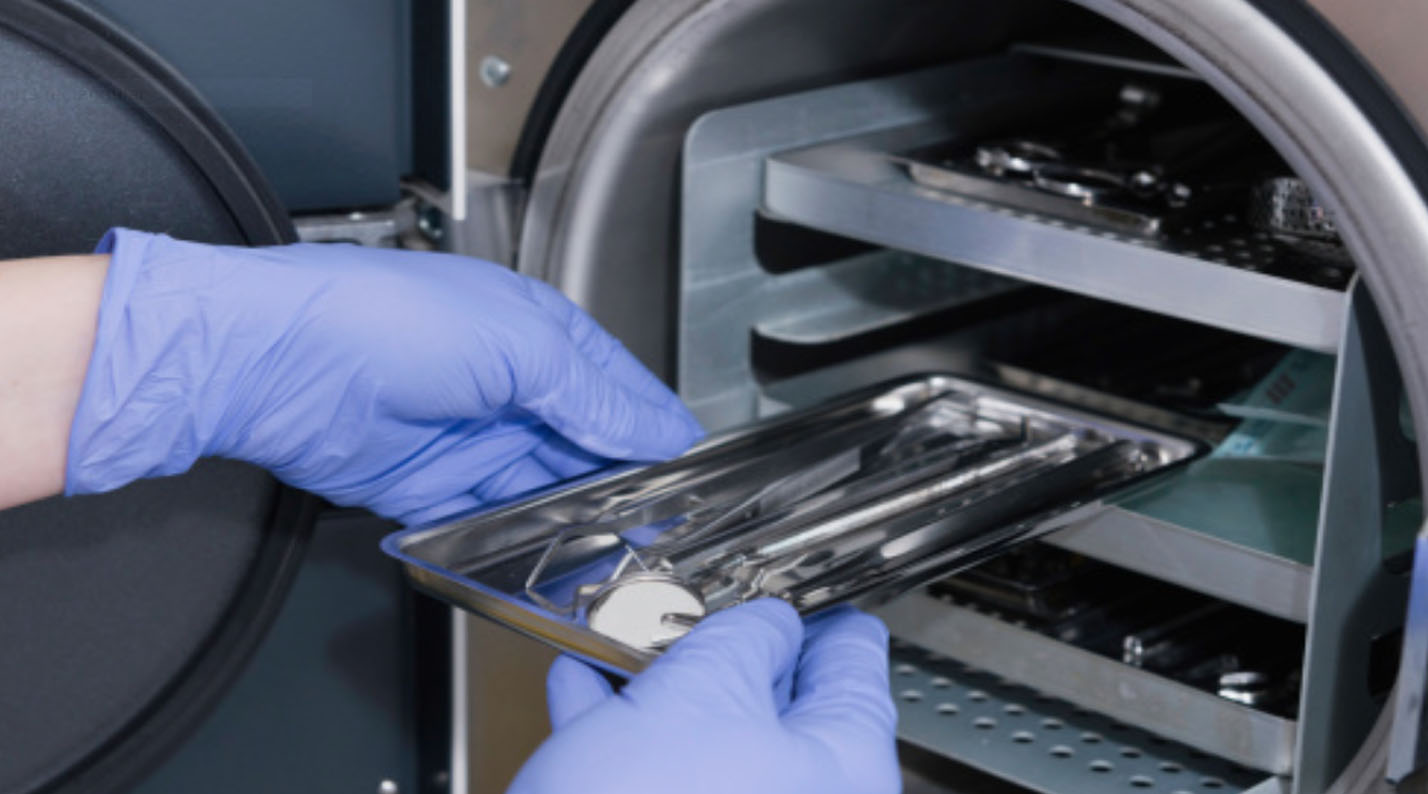
Sterilisation in the dental practice using an autoclave uses steam, and the heat generated by the steam itself is responsible for killing microorganisms.
All autoclaves seem the same at first glance, right? Wrong answer! We are going to tell you what the differences are between one autoclave and another and what you should consider when buying an autoclave.
Factors to take into account before choosing a class B autoclave
In your dental practice you will need a class B autoclave which will allow you to sterilise instruments such as turbines or bagged contra-angles, but when choosing one or another model for dentistry, you should consider the following points:
- Autoclave capacity: Class B autoclaves are manufactured with different capacities, ranging from 8 litres to 24 litres. The larger the capacity of the autoclave, the more instruments can be sterilised in each cycle, but also the more energy the autoclave will use in each sterilisation cycle. Autoclaves are priced proportionately to its capacity.
- Therefore, we must select an autoclave with a capacity that matches our needs, as it is not a wise choice to buy an autoclave with excessive capacity for your needs. This will save you money in the purchase of the autoclave as well as in its daily use. In addition, it is often more convenient to have two smaller autoclaves than one larger one, as this way you can carry out two simultaneous sterilisation cycles.
- Duration of the sterilisation cycle: it is always advisable to look at how long each autoclave takes to perform a complete sterilisation cycle. There are fast cycle autoclaves, which can save some time in the autoclaving process, although the price of these is usually a little higher.
- Warranty and Technical Service: Another important point to take into account when choosing an autoclave for a dental clinic is the warranty and technical service. The vast majority of autoclaves have a warranty of between one and two years, and if the autoclave brand does not have a technical service in the country where you're based, it is best to look for a reliable multi-brand technical service that can fix it if you ever need it.
- Price of the autoclave: The autoclave's price will normally be closely related to the reliability and characteristics of the autoclave. European or American brands usually offer high quality autoclaves, while Chinese or Korean brands offer inexpensive autoclaves of a quality that may be sufficient for a smaller dental practice.
- Accessories: Class B autoclaves can come with accessories that are very useful in some cases. For example, there are autoclaves with printers, which will facilitate the traceability of the sterilised products.
- Automatic or semi-automatic autoclave: the main difference between these two types is that in the automatic autoclave the whole sterilisation and drying cycle is carried out continuously, yet in the semi-automatic autoclave normally the drying phase is carried out with the door of the autoclave open (for this reason they are more economical).
- Material of the autoclave chamber: the most suitable material for the chamber is stainless steel. However, copper is also a good choice, as it conducts heat optimally and does not alter the chamber temperature.
- Autoclave safety systems: consistent pressure, temperature, water quality and steam monitoring. If any of the above parameters is not optimal, the autoclave will alert the user. The maintenance, height adjustment control and double or triple safety locking warnings are also important.
Another advantage of having two autoclaves in the dental clinic is that we will always have one available if the other needs repairing.
The main disadvantage of these "cheap autoclaves" is that you'll need to find technical service in Spain that can repair them if necessary.

And as safety is one of the most important factors, there is even more! Highlights include the automatic shut-off function, the double water tank and the bacteriological filter.
⚠️Final considerations before you buy your autoclave:
It's really important to consider the above factors so that you can make the right choice and get the most out of your autoclave. but there's more! Here are a few important tips:
- Before buying an autoclave, you should bear in mind that a Class B autoclave is required for a dental practice.
- If it is a small-medium sized clinic, we can opt for an economical, medium capacity autoclave. It is always better to have two medium-sized autoclaves than one large one.
- If it is a large clinic where the autoclave is going to be relied on intensively, we recommend opting for a high-end autoclave, which will provide you with superior reliability and technical service.
Types of autoclaves for the dental clinic
There are different types of autoclave which are classified according to the type of instruments they can sterilise. The most common types are as follows:
Class N autoclave
This class N autoclave is the simplest to use. It removes only part of the air by gravity, so that the steam generated pushes the air out. For this reason, they are not recommended for objects with holes or cannulas, and are only suitable for flat instruments such as scalpels. They are not suitable for the sterilisation of bagged instruments and, overall, are not recommended for a dental clinic.
If you are looking for this type of autoclave, you can find it at Dentaltix! Here we are going to present the main characteristics of one of them so that you can have more information about this type of autoclave.
Bader N-Class Autoclave (18 Litres)
Autoclave made for the sterilisation of dental instruments in clinics or laboratories without packaging, such as forceps, tweezers or pliers. It is easy and convenient to use. Want to know more?...
- Performs self-diagnostics and self-protection.
- With safety valve.
- With control panel and water collector.
- Capacity: 18 litres.
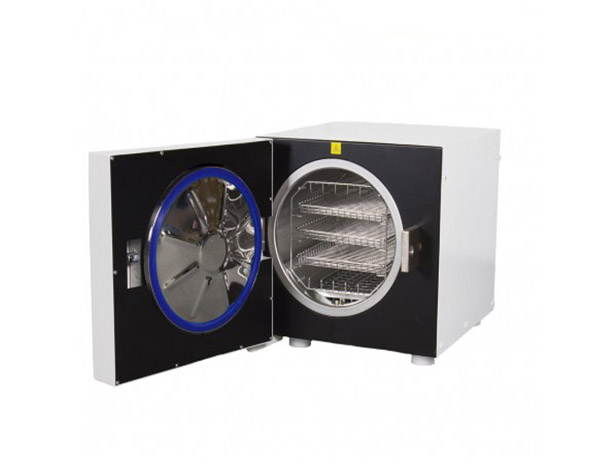
Class S Autoclave
They remove the air inside the chamber using a steam wall which is denser than air, during the sterilisation cycle they perform this process three times, thus ensuring that all the air inside the chamber is removed. The class S autoclave can sterilise porous bagged products but not textiles, so they are not recommended for use in a dental clinic either.
Now, are you looking for a quick and complete sterilisation of your clinic's equipment? Here we present the Melag class S rapid autoclave. Check out all its advantages!
Melag S-Class quick autoclave
In only 7 minutes you will obtain a complete and efficient hygiene, saving you time:
- 3 sterilisation programmes.
- With integrated water quality detector.
- You will only need a small working space. Includes universal basket on stand and foil holder for bagged instruments.
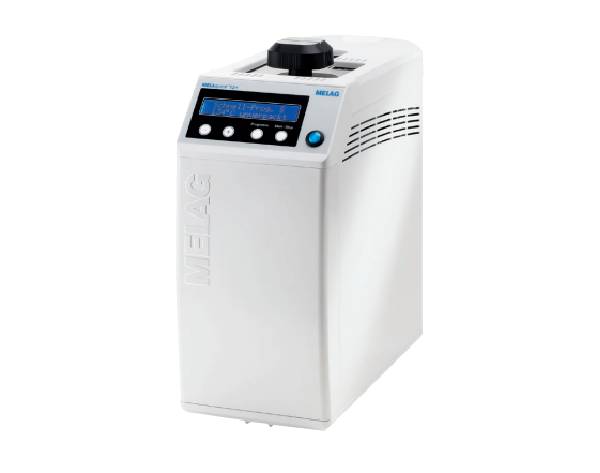
Class B Autoclave
These autoclaves remove air from inside the chamber by means of a vacuum pump, creating a negative pressure that forces steam in. They can sterilise porous instruments with blind holes (turbines, contra-angles) and textile loads, making them the ideal autoclaves for a dental clinic in accordance with European Standard 13060.
And as this type of autoclave is essential for your clinic, without further ado we are going to tell you how to sterilise quickly and safely with a class B autoclave. Don't miss it!
W&H Class B autoclave with touchscreen (17 and 22 litres)
The Lara Class B autoclave from W&H has a colour touch screen with a smart menu to make it easy to use. In addition, if you want a cycle log, you can create it and control its use. Let's take a look at more of its advantages for your clinic:
- Fast 20 minutes cycle time.
- Remote operation via the W&H Steri app.
- Functional, cutting-edge design, high performance and easy to use.
- Capacity of 17 litres.
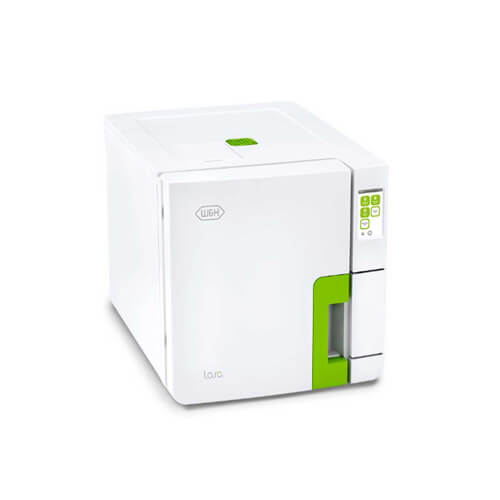
What are the advantages of the Lara Class B autoclave?
Remember that on our website there is a wide variety of autoclaves: different brands, models and capacities so that you can choose the best one for you, and if you have any questions we will be happy to help you!
Autoclave sterilisation cycles
After having seen the types of autoclaves and the TIPS that you should take into account when buying an autoclave, we are going to tell you briefly how a sterilisation cycle works:
- First, steam is generated by heating the water so that it can be introduced into the chamber, where the air is gradually removed through the vacuum or displacement process.
- Once the air has been removed, the temperature and pressure of the autoclave is increased (through the exhaust valve). Thus, the autoclave will reach the desired sterilisation levels. What is the recommended temperature?Between 120 and 135ºC.
- Now our material is being sterilised! The estimated duration time is between 5 and 20 minutes, although it will depend on factors such as the contents of your load.
- Sterilisation complete! The autoclave then lowers the pressure by opening the exhaust valve.
- Fifth step and no less important, cool the load!
That's it for our article today! We're sure you will find the autoclave that best suits your needs and budget for your clinic. Do you want to keep up to date with the dental sector? Follow us on our networks! You won't be disappointed - see you next time!



